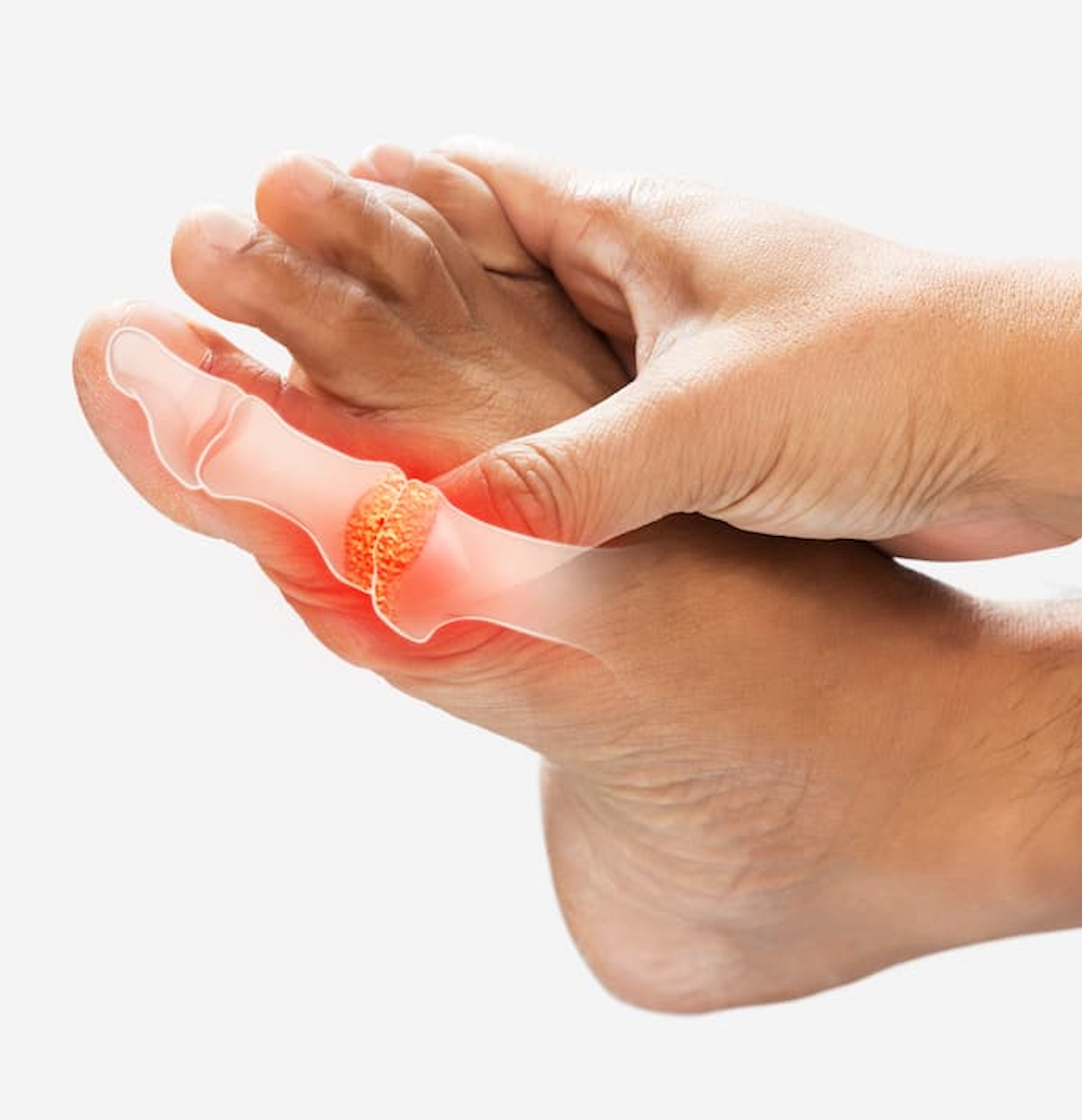News
Article
Study Reveals Healthcare Utilization, Medication Trends in Patients with Gout
Author(s):
Findings provide insights into the current state of healthcare utilization for patients with gout living in South Korea.
Credit: Adobe Stock/eddows

A South Korean study that analyzed the distribution and healthcare utilization patterns of patients with gout demonstrated a high incidence among males over 40, predominant outpatient care, frequent prescriptions of nonsteroidal anti-inflammatory drugs (NSAIDs) and urate-lowering agents, according to results published in Medicine.1 Investigators believe these findings provide valuable recommendations for clinicians and policymakers.
Gout treatment typically varies based on the severity of symptoms, with acute gout flares defined as a rapid onset of severe pain in 1 joint. These flares are generally treated with urate-lowering treatments, glucocorticoids, colchicine, and NSAIDs. However, urate-lowering therapy is not recommended for patients with diabetes, hypertension, kidney disease, and metabolic symptoms. In addition to medication, lifestyle interventions such as reducing alcohol consumption, obesity management, and dietary modification are recommended.2
“While recent studies have examined age- and sex-specific healthcare utilization in South Korea, few previous studies have analyzed detailed trends in this area,” wrote a group of Korean investigators. “By investigating seasonal trends in gout prevalence and healthcare utilization, as well as the trend in gout medications over time, this study results are expected to provide a foundation for developing policies related to health insurance schemes for chronic disease patients with gout to improve patient access to healthcare.”
To determine the distribution of patients with gout and their utilization of healthcare services, claims data from 69,680 patients between 2019 and 2019 were collected from the Health Insurance Review and Assessment Service-National Patient Sample (HIRA-NPS). The database contains information on treatments, diagnoses, procedures, surgical histories, and medications for 98% of the South Korean population. Eligible patients had a clinical gout diagnosis, were aged < 20 to ≥ 70 years, had complete data, and visited a hospital, clinic, or health medical center.
Most patients were aged > 40 years (40 – 49: 22.0%, 50 – 59: 24.4%, 60 – 69: 17.4%, 70 – 79: 14.7%), and most were men (91%). The incidence of gout was higher in male patients aged > 40 years, with most patients receiving outpatient care for gout management. The most frequently prescribed medications were NSAIDs and urate-lowering agents, including colchicine (113,944 cases) and febuxostat.
The most common comorbidities among this patient population were musculoskeletal disorders, with 145,654 cases between 2010 and 2019. The condition increased from 10,010 cases in 2010 to 18,820 in 2019.
While the total costs of gout management increased over the time period, no significant increases in cost per patient were observed. The incidence of gout determined an 8.07% increase from 4700 in 2010 to 9454 in 2019 and the total costs increased from $437,525 in 2010 to $1,020,725 in 2019. However, the cost per patient increased from $93 in 2010 to $108 in 2018, representing an annual average growth rate of 1.66%
Investigators believe these findings provide insights into the current state of healthcare utilization for patients with gout living in South Korea.
The cross-sectional study design and lack of long-term follow-up may have limited findings, according to investigators. Future research regarding the multifactorial relationship between gout and seasonal changes can improve the accuracy of trends in comorbidity is necessary. Additionally, the HIRA database only includes information covered by the National Health Insurance (NHI), leading to a possible underestimation of medical service utilization in clinical settings. It was also difficult to evaluate trends in combination therapy compared with monotherapy prescriptions.
“By analyzing patient characteristics, medication trends, comorbidities, costs, and seasonality, this study provides valuable evidence for healthcare policymakers to improve gout management and treatment,” investigators concluded. “In particular, as the patient sample was based on the entire South Korean population, this study results may serve as a reference for clinicians in choosing appropriate medications and management strategies for gout patients.”
References
- Kang DH, Lee YJ, Ha IH, Song HS, Lee YS. Trends in healthcare utilization by patients with gout: A cross-sectional study using Health Insurance Review and Assessment Service data. Medicine (Baltimore). 2024;103(7):e36436. doi:10.1097/MD.0000000000036436
- Pillinger MH, Mandell BF. Therapeutic approaches in the treatment of gout. Semin Arthritis Rheum. 2020;50(3s):S24–30.




